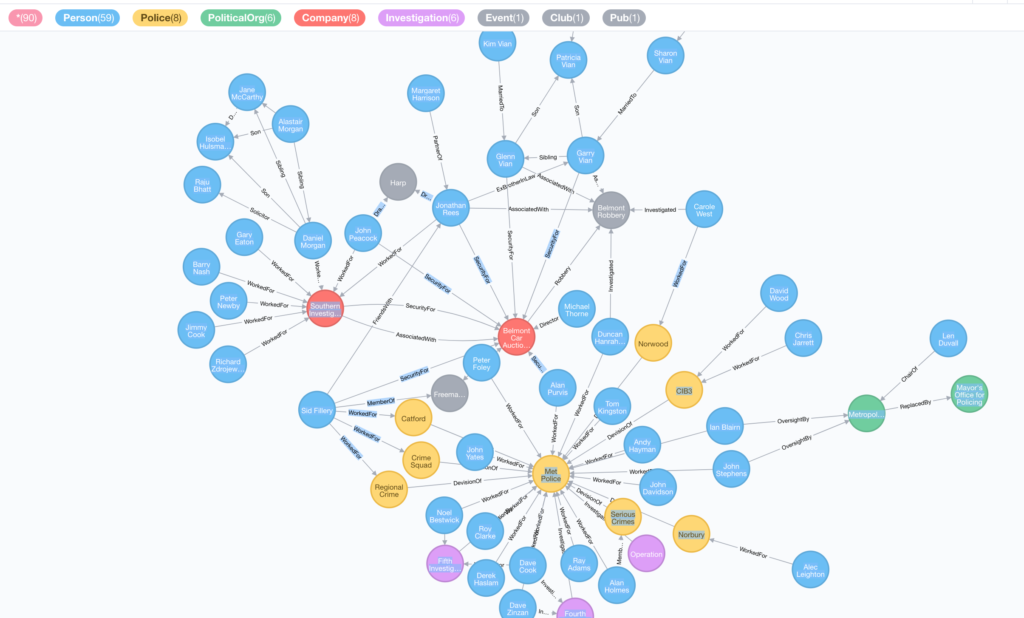Another highlight from 33C3 was Julia Reda’s talk about the proposed EU copyright law, Copywrongs 2.0. I say highlight, only because it was an interesting and compelling talk, the law itself is an absolute lowlight. To say that the proposed law is not fit for purpose is an understatement, and there is a question as to whether it is designed for purpose has less to do with protecting creators and more to do with protecting an industry struggling with an outdated business model.
The reform is a final parting shot by the outgoing EU commissioner Günther Oettinger. His proposed reform to EU copyright threatens freedom of expression by making simple things like linking to content (a central tenet of the the internet) a breach of copyright. This is obviously madness.
The proposals seems to be the product of some intensive lobbying by what are often referred to as ‘old media’. Some news publishers, mostly those who are struggling to adapt their business models to the 21st century, want to charge search engines and social networks for the links displayed in searches or embed in users posts. Essentially charging for the traffic sent their way. The other culprit is the music industry, struggling in the world of YouTube. Personally, I particularly don’t want to see the newspaper industrial disappear, especially in the world we live in today, but this isn’t the answer.
So what does the proposed law prohibit? As written sharing small sections of news articles e.g. on a blog or a personal website (such as this one) without a license from the publisher will be an infringement, for as long as 20 years after the article was originally published. This is crazy, the point of doing that is to drive traffic to the original story, the newspaper industry seems to be shooting itself in its foot.
As its stands the EU Commission has not proposed any exceptions based on the size of the snippet, or for individuals, or for non-commercial purposes, and providing a link to the source isn’t enough. This essentially means you have to have a license to reference or attribute a quote. What this means for newspapers quoting each other I don’t know, or for academic work.
Not only can you not link on social media, it would also seem that indexing the web in general would be impossible without licensing, and thus essentially impossible. In fact, any and every site in existence would have to ways of filtering out copyright infringements.
What about collaboration? The affect such a law would have on site that foster collaboration is also not clear, but likely to be bad. For example GitHub would have to put in place the filtering technology to search for source code that someone wants to keep of the site. Even if that code was written under some open source licenses. Also in trouble would be Wikipedia, and anyone using data from the web for training of AI or similar.
So what is Günther Oettinger trying to do? Does he just have no understanding of the internet, and it would seem copyright? He is known to be in favour of big business, and seems to be close to the publishing industry. At best its a misguided attempt at protecting an outmoded business model. What happens now is down to people doing a bit of lobby of our own. Is there any point in Brits getting involved? Yes, for one there is a chance that the UK will mirror some EU laws, at least initially and we don’t want this one. Also we can do our bit to help out our EU neighbours.


